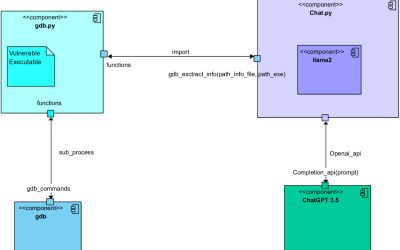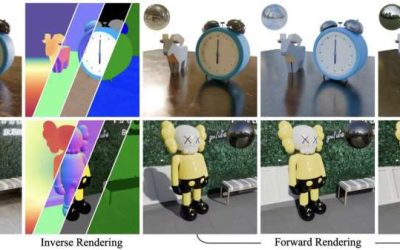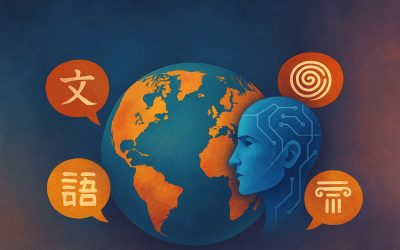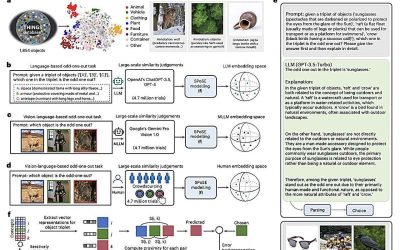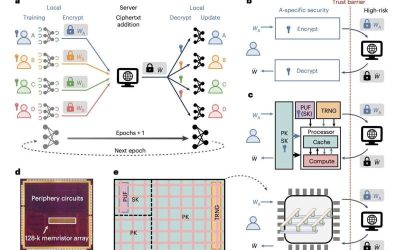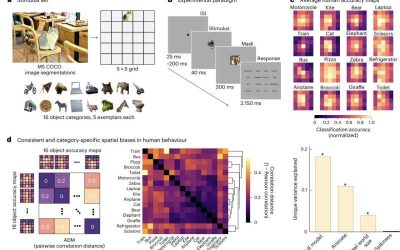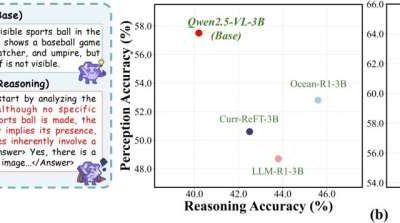For robots to be successfully introduced in a wider range of real-world settings, they should be able to safely and reliably navigate rapidly changing environments. While roboticists and computer scientists have introduced a wide range of computational techniques for...
Machine learning & AI
Conversations between LLMs could automate the creation of exploits, study shows
As computers and software become increasingly sophisticated, hackers need to rapidly adapt to the latest developments and devise new strategies to plan and execute cyberattacks. One common strategy to maliciously infiltrate computer systems is known as software...
NVIDIA’s new AI tool enables precise editing of 3D scenes and photorealistic images
Over the past years, computer scientists have introduced increasingly sophisticated generative AI models that can produce personalized content following specific inputs or instructions. While image generation models are now widely used, many of them are unpredictable...
LLMs display different cultural tendencies when responding to queries in English and Chinese, study finds
Large language models (LLMs), such as the model underpinning the functioning of OpenAI's conversational platform ChatGPT, are now widely used by people worldwide to source information and generate content for various purposes.
Multimodal LLMs and the human brain create object representations in similar ways, study finds
A better understanding of how the human brain represents objects that exist in nature, such as rocks, plants, animals, and so on, could have interesting implications for research in various fields, including psychology, neuroscience and computer science. Specifically,...
Compute-in-memory chip shows promise for enhanced efficiency and privacy in federated learning systems
In recent decades, computer scientists have been developing increasingly advanced machine learning techniques that can learn to predict specific patterns or effectively complete tasks by analyzing large amounts of data. Yet some studies have highlighted the...
All-topographic neural networks more closely mimic the human visual system
Deep learning models, such as convolutional neural networks (CNNs) and recurrent neural networks (RNNs) are designed to partly emulate the functioning and structure of biological neural networks. As a result, in addition to tackling various real-world computational...
Vision-language model creates plans for automated inspection of environments
Recent advances in the field of robotics have enabled the automation of various real-world tasks, ranging from the manufacturing or packaging of goods in many industry settings to the precise execution of minimally invasive surgical procedures. Robots could also be...
New system reliably controls prosthetic hand movements without relying on biological signals
The loss of a limb following an injury, accident or disease can greatly reduce quality of life, making it harder for people to engage in daily activities. Yet recent technological advances have opened new exciting possibilities for the development of more comfortable,...
Benchmarking hallucinations: New metric tracks where multimodal reasoning models go wrong
Over the past decades, computer scientists have introduced increasingly sophisticated machine learning-based models, which can perform remarkably well on various tasks. These include multimodal large language models (MLLMs), systems that can process and generate...


